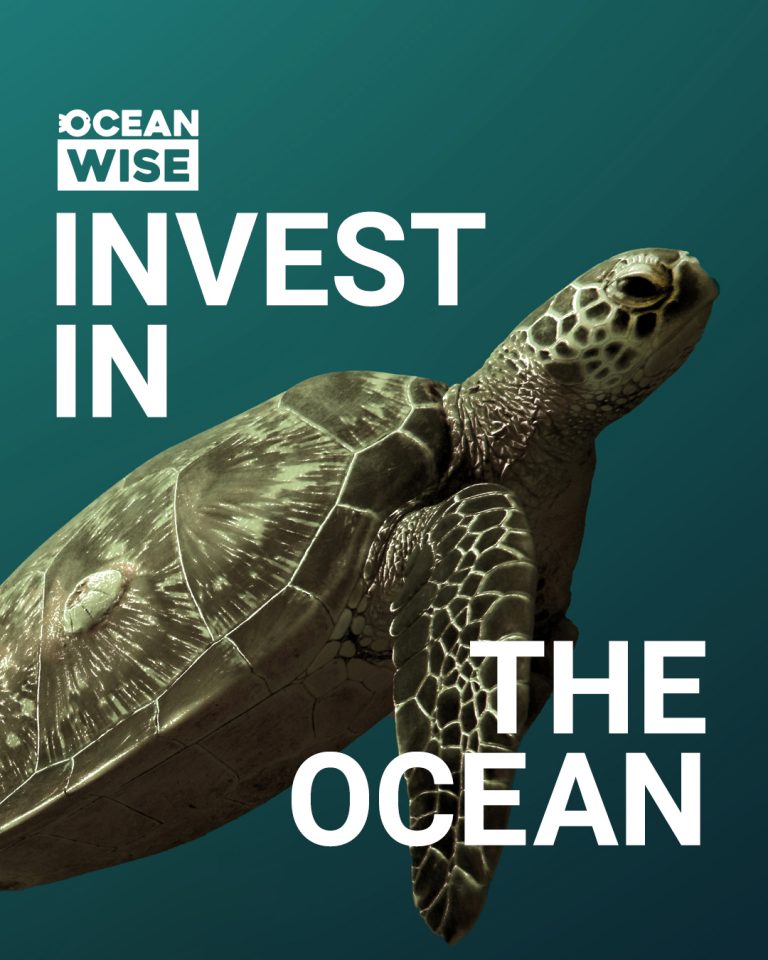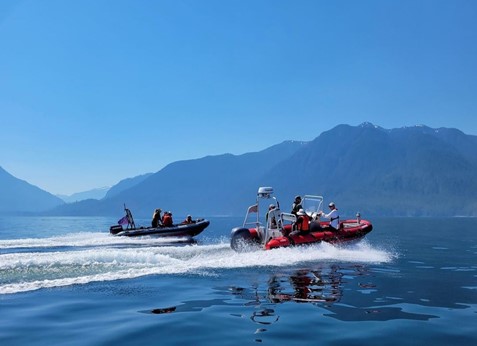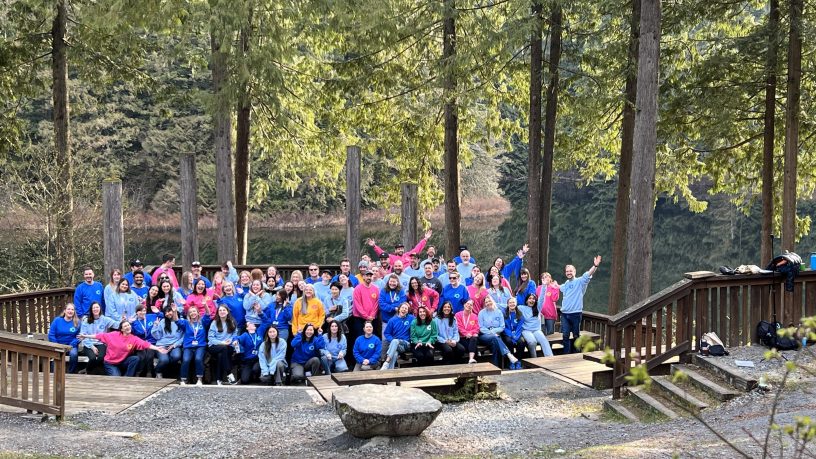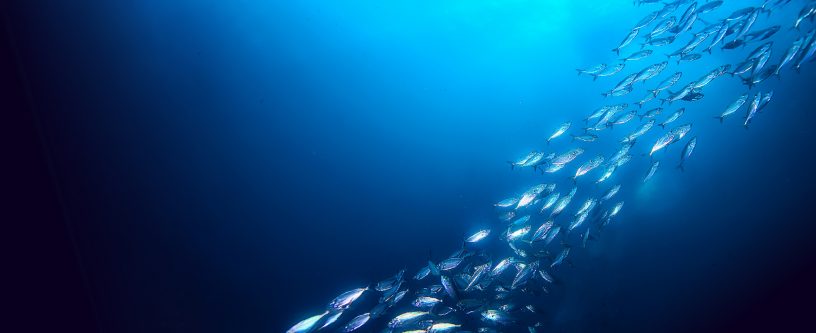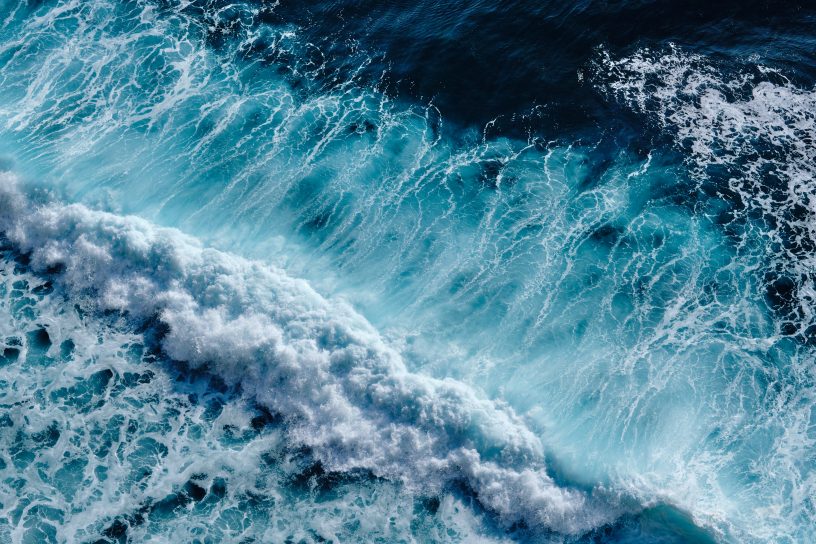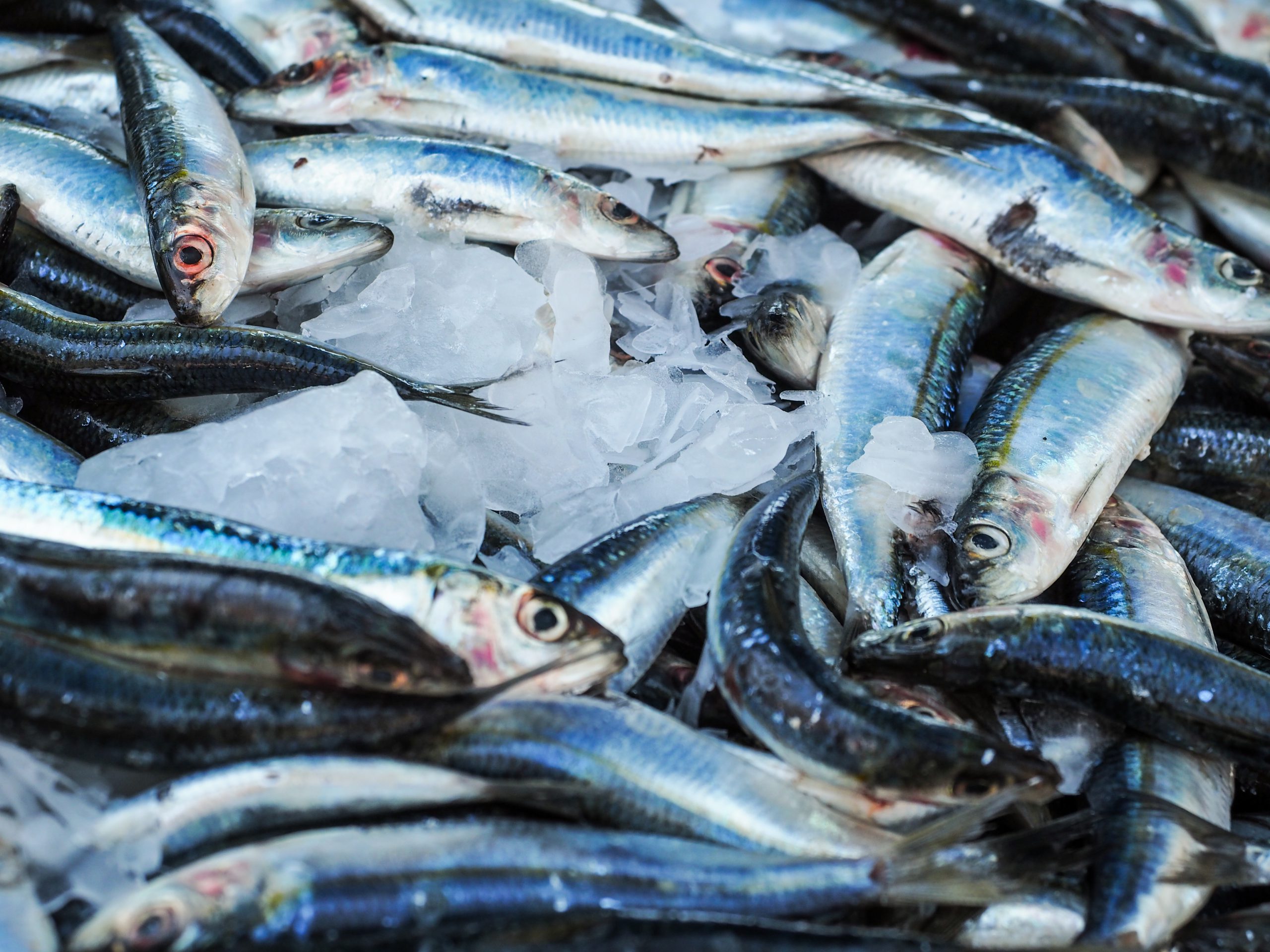
Defining Waste in Fisheries Part 1: Harvest Waste
This blog is the first part in a multi-part series that will explore how waste is incurred in fisheries and aquaculture supply chains, and what we can do to mitigate that waste.
Globally, all food production systems produce some amount of waste before the product ends up on your plate. As food scarcity increases worldwide, it’s critical to ensure we reduce waste along food supply chains to maximize what’s destined for human consumption and conserve ecosystems. Wild capture fisheries are not immune to waste. Fishers don’t always catch exactly what they are looking for, systems can fail spoiling catch before being processed, seafood can spoil after being processed, and so on. The subject of waste in fisheries has resulted in whole host of words emerging to describe its various forms.
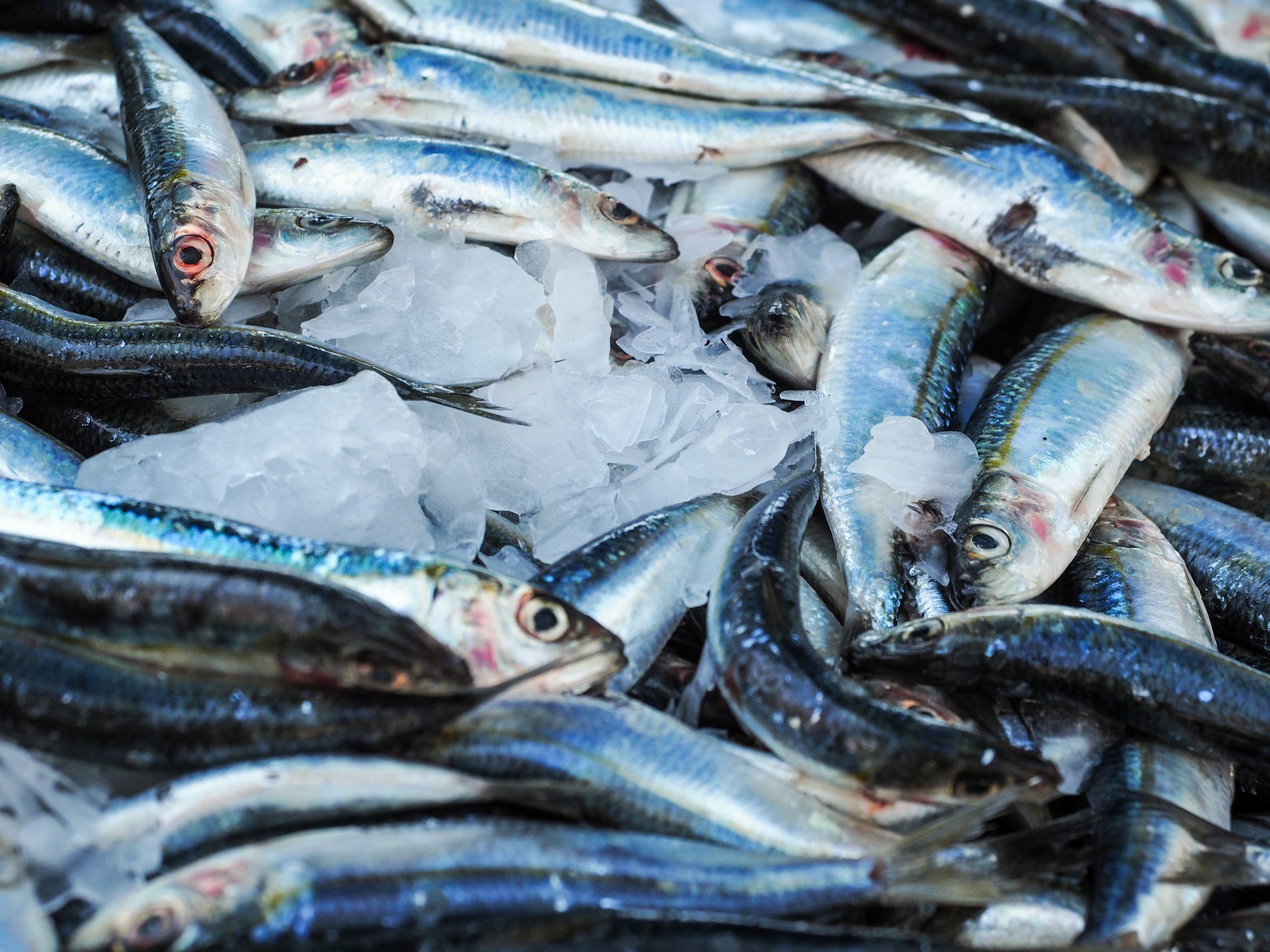
One of the four criteria Ocean Wise Seafood uses to determine a fishery’s environmental performance is that fishery’s impacts on other species. This criterion considers the waste that can occur through harvesting activities and is the focus of this post. If you’ve ever been out fishing yourself, you know you don’t always catch what you’re looking for. Commercially, even though we have good technology to give us the best possible shot at catching our target species, we still catch things accidentally. Sometimes in great numbers and at great cost to the environment.

When we catch something that is not our target in fisheries, it is referred to as bycatch. The degree of bycatch varies from fishery to fishery and relates to the selectivity of the type of fishing gear used. It can also be influenced by the scope of the fishery, and how many target species are included. Fishing gear is said to be selective when it performs well at catching just the species intended, and un-selective when it captures other animals in tandem (other fish, seabirds, turtles, marine mammals, invertebrates, etc.). But even within one word, bycatch, there can be several different meanings.
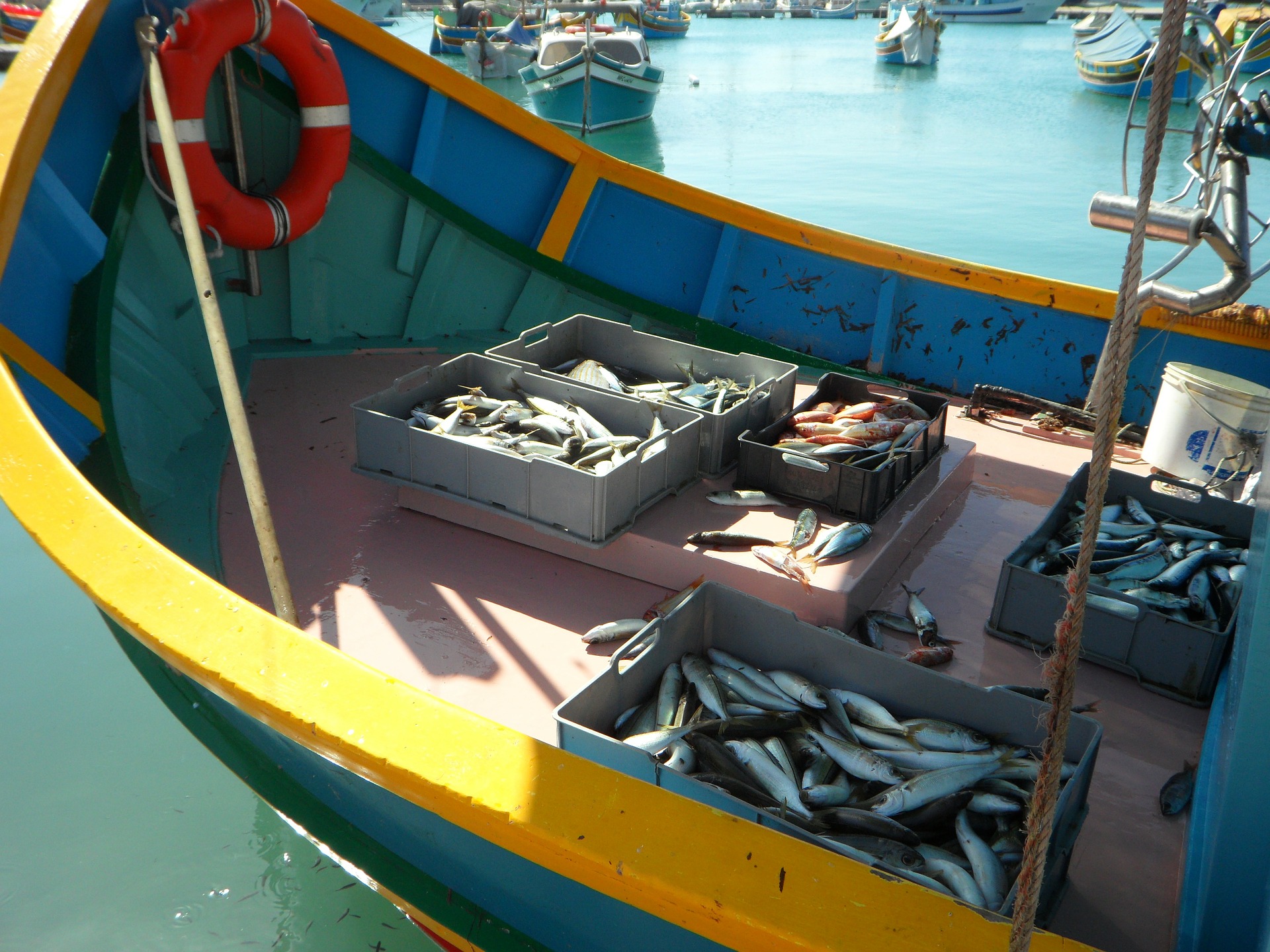
In some instances, bycatch can include non-target fish which are caught accidentally, but still retained and sold legally. When this happens, it is often referred to as incidental catch. Incidental catch is common in fisheries globally,where one day’s target species may be the next day’s nuisance. Many small-scale fisheries operate in a mixed-stock fashion, where participants harvest across multiple species sometimes with multiple gears. Bycatch can be more difficult to discern in these instances, particularly where landings aren’t well tracked and fishers operate in remote locations. Fisheries management strategies can and do allow a certain amount of incidental catch through the course of fishing. Commercial spot prawn fishers and Dungeness crab harvesters in B.C. are legally allowed to retain a certain amount of giant pacific octopus during their fishing season to sell legally for human consumption.
When it is illegal or not economic to retain bycatch, fishers will discard accidental landings at sea. Discards can include non-target species, as well as undersized individuals or individuals of the incorrect sex. Commercially landed Dungeness crabs off the West coast of North America must be a certain size and sex (male) to be legally landed, and so any undersized and/or female crabs caught are discarded. It is also important to note not all discards are wasted. Many species can be safely returned to the water when caught accidentally. For example, bycatch like urchins, sea stars and even undersized scallops can be returned unharmed to the water when caught accidentally along the West Coast of Canada. However, discards can come at a huge cost cumulatively – it’s been estimated as much as $4 billion USD worth of seafood is discarded in the U.S. alone annually[i].
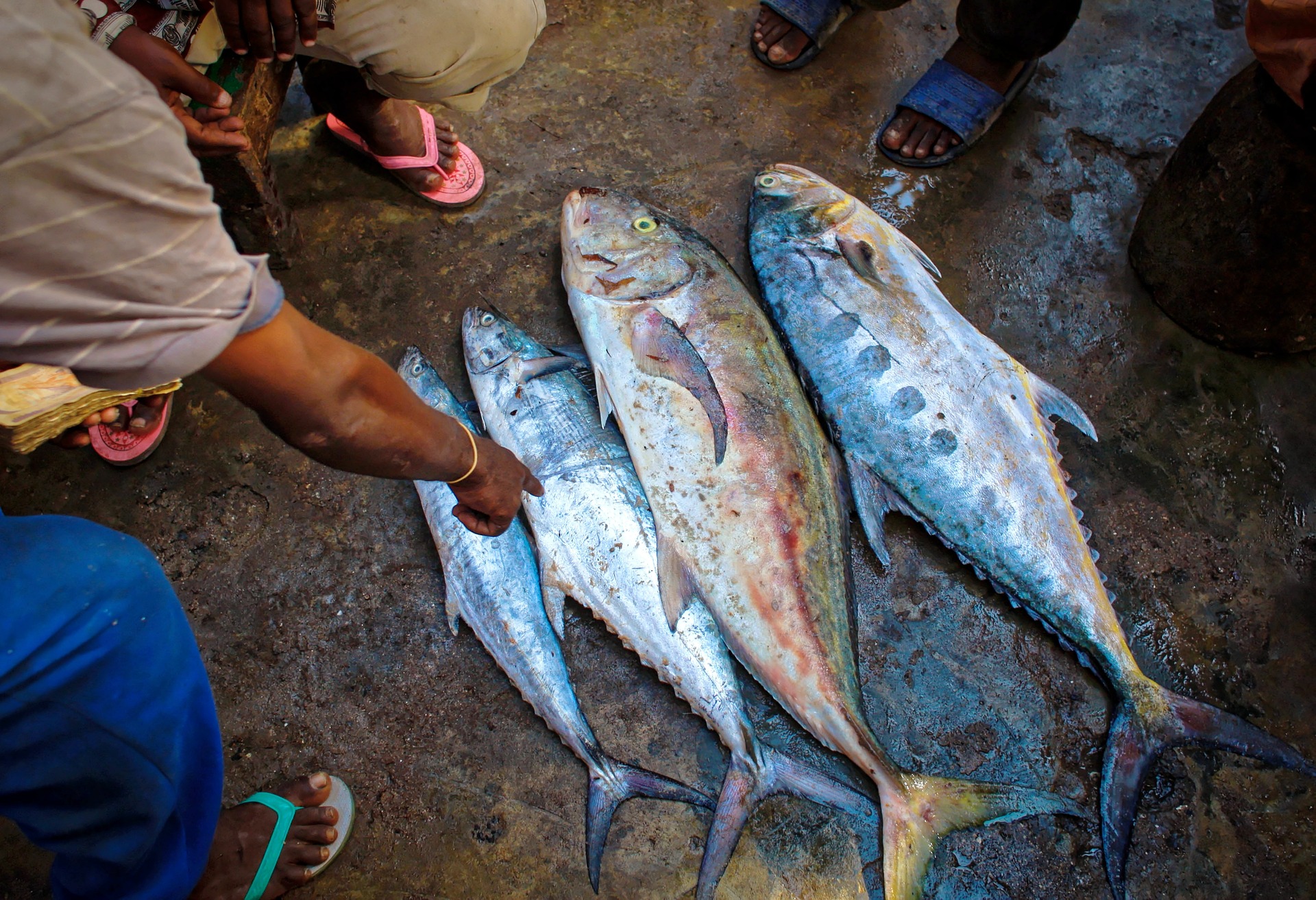
Depending on the fishery, there may also be economic incentives to increase discards. Increasingly, a fisheries management system may dictate how much of a species each fisher can legally catch (quota). If there is still time left in their fishing trip, a fisher may decide to discard smaller/damaged fish for a shot at catching larger, more intact fish thereby increasing the overall value of their catch when landed. Data on how prevalent this practice is isn’t readily available, and it is thought we underestimate the degree to which it occurs in fisheries globally[ii].
In order to remedy harvest waste in fisheries, a multi-faceted approach is needed to ensure proper enforcement of regulations overall, incentivize all landings of edible species, improve restrictions/innovations for gear-types, and deploy spatial-temporal management systems to avoid interactions with species at risk[iii]. While fishers are at the front lines of this problem, it is crucial to note that bycatch is expensive and dangerous for them to incur, and for the most part they do what they can to avoid it.
Aquablog by the Ocean Wise Seafood Science Team
[i] Patrick, W.S. and Benaka, L.R. (2013). Estimating the economic impacts of bycatch in U.S. commercial fi sheries. Marine Policy, 38: 470-475. http://www.sciencedirect.com/science/arti cle/pii/S0308597X12001674
[i] Batsleer, J., Hamon, K.G., van Overzee, H.M.J. et al. High-grading and over-quota discarding in mixed fisheries. Rev Fish Biol Fisheries 25, 715–736 (2015). https://doi.org/10.1007/s11160-015-9403-0
[ii] Kelleher, K. Discards in the world’s marine fisheries. An update. FAO Fisheries Technical Paper. No. 470. Rome, FAO. 2005. 131p. http://www.fao.org/3/y5936e/y5936e00.htm#Contents
Posted September 17, 2020 by Ocean Wise

